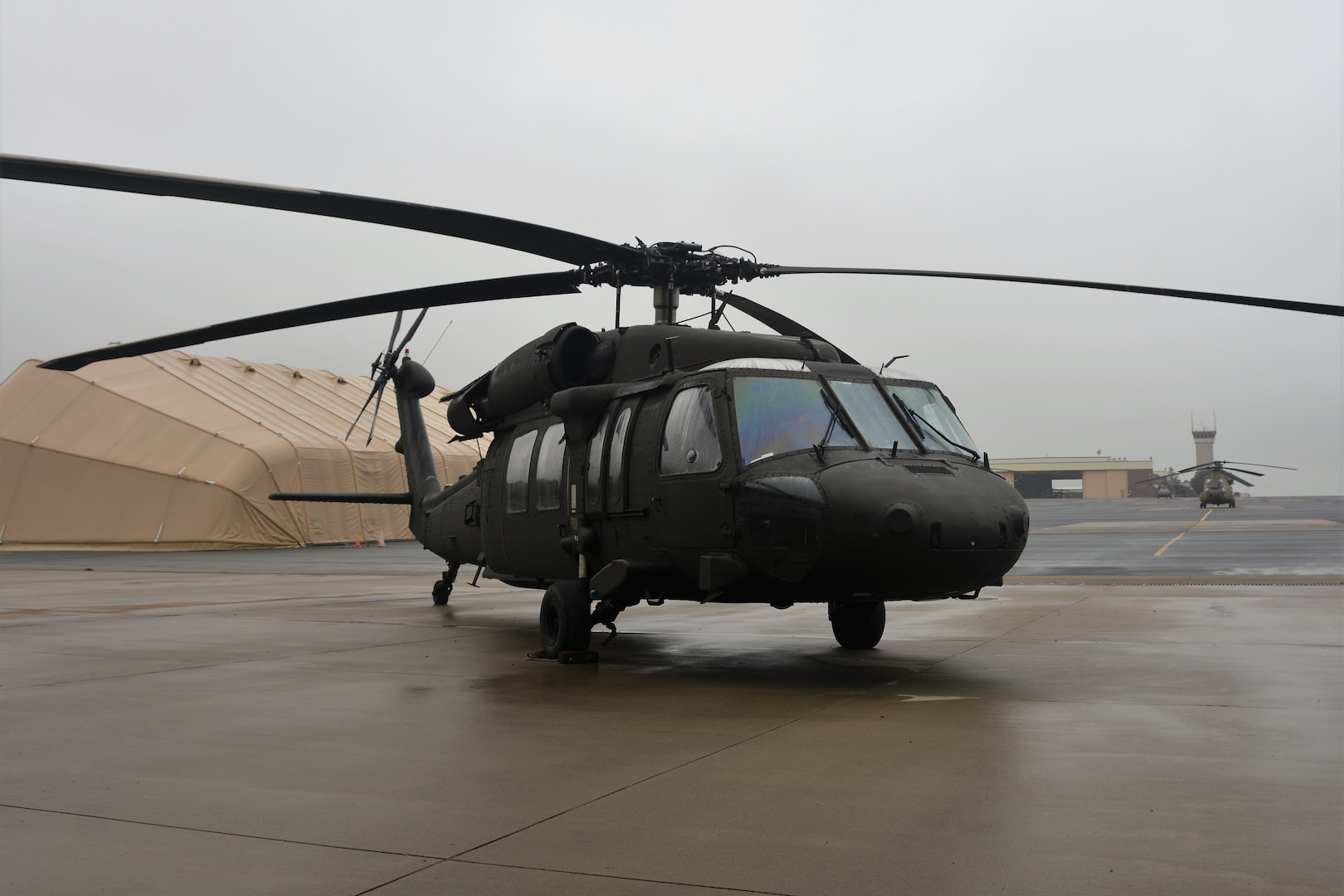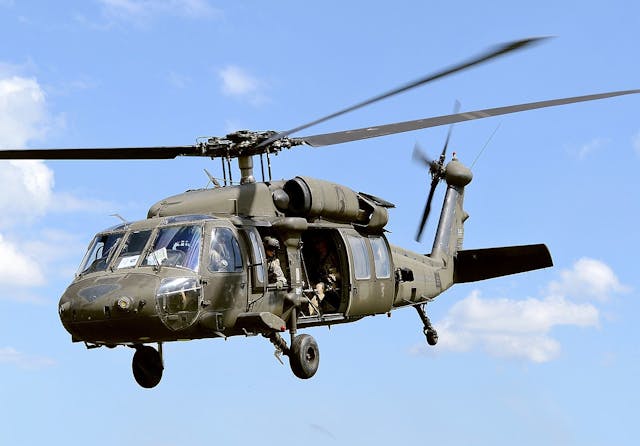UH 60 Technical Specifications and Performance Evaluation
UH 60 Technical Specifications and Performance Evaluation
Blog Article
The Impact of Lasting Practices on the Future of Aircraft Operations and Emissions Reduction
As the aeronautics sector deals with raising examination over its ecological influence, the adoption of sustainable practices emerges as a crucial path toward future airplane operations and emissions decrease. Developments in lasting aeronautics fuels and improvements in hybrid propulsion technologies stand at the leading edge of this transformation, encouraging significant reductions in greenhouse gas exhausts.

Introduction of Lasting Practices
Sustainable techniques in airplane procedures incorporate a variety of techniques aimed at reducing environmental effect while keeping operational performance. These methods are crucial in the air travel sector's dedication to minimizing its carbon impact and adhering to global ecological requirements. Trick campaigns include optimizing trip courses to decrease fuel usage, enhancing upkeep procedures to guarantee aircraft run at peak efficiency, and applying advanced modern technologies such as winglets and light-weight products that boost the rules of aerodynamics.

Involving and educating staff on sustainability techniques likewise play an essential function, fostering a society of environmental duty within organizations. In general, the assimilation of these lasting techniques not just helps in reducing exhausts however additionally boosts the lasting feasibility of the air travel field, guaranteeing it satisfies the demands of both consumers and regulative bodies while contributing to worldwide sustainability goals.
Innovative Gas Alternatives
Countless innovative fuel choices are emerging as crucial services to lower the aeronautics sector's dependence on conventional nonrenewable fuel sources. Amongst these alternatives, Sustainable Air travel Gas (SAFs) have gotten considerable focus due to their potential to lower lifecycle greenhouse gas emissions by as much as 80% contrasted to conventional jet fuels. SAFs are stemmed from different feedstocks, consisting of waste oils, farming deposits, and even algae, making them a versatile alternative for the sector.
An additional promising choice is hydrogen gas, which, when used in gas cells, creates just water vapor as a byproduct. This zero-emission prospective presents a substantial chance for decarbonizing flight operations, especially for short-haul trips and local aircraft. In addition, electrical propulsion systems are being checked out, leveraging battery technology to power aircraft. While existing battery capability limitations array and haul, ongoing improvements might soon render electric flights practical for certain applications - uh 60.
Last but not least, biofuels stemmed from biomass are being checked out, offering an eco-friendly choice that can be mixed with typical gas. Jointly, these innovative fuel alternatives represent a critical step towards achieving a lasting aeronautics ecosystem, lining up with worldwide discharges decrease targets and enhancing the sector's ecological stewardship.
Technical Improvements in Aeronautics

Exactly how can technological improvements improve the future of aviation? Advancements such as hybrid and electric propulsion systems are at the center, appealing significant decreases in gas consumption and greenhouse gas discharges.
In addition, the implementation of innovative materials, such as lightweight compounds, adds to enhanced the rules of aerodynamics and fuel efficiency. Using man-made intelligence and artificial intelligence in trip procedures maximizes route preparation and minimizes gas shed by enabling real-time adjustments based on weather and website traffic problems. Additionally, the development of autonomous and remotely piloted airplane systems stands to reinvent freight and traveler transportation, possibly raising performance while lessening human error.
Furthermore, sustainable aeronautics innovations, including sophisticated air web traffic administration systems, can improve procedures and lower blockage, causing reduced exhausts throughout flight. These improvements jointly stand for a standard shift in aeronautics, guaranteeing a future where sustainability and operational performance are linked, therefore sustaining the industry's dedication to reducing its ecological impact.

Governing Framework and Conformity
Due to the growing emphasis on ecological stewardship within the aviation sector, the regulatory structure regulating aircraft operations is evolving to advertise sustainable methods. Governing bodies, such as the International Civil Air Travel Organization (ICAO) and various nationwide air travel authorities, are presenting stringent guidelines focused on reducing discharges and boosting functional performance.
These regulations commonly consist of the adoption of Sustainable Aviation Fuel (SAF), which has been acknowledged as a crucial component in achieving lower carbon impacts. Furthermore, compliance with these laws calls for airline companies to carry out operational practices and sophisticated technologies, such as enhanced flight courses and enhanced air website traffic monitoring, to reduce fuel consumption.
Additionally, the enforcement of emissions trading schemes and carbon countering campaigns is becoming progressively common, engaging airline companies to keep track advice of and report their exhausts precisely. Non-compliance can result in substantial penalties, therefore pressing operators to prioritize sustainability in their business versions.
Eventually, the advancing regulative landscape not only drives advancement and investment in green modern technologies but additionally cultivates a culture of liability within the aviation industry. As these structures remain to develop, the focus on lasting techniques will be essential to accomplishing the industry's lasting ecological objectives.
Future Patterns in Airplane Operations
As the aviation industry adapts to an increasingly strict regulatory setting, future trends in airplane procedures are established to concentrate on innovative options that even more improve sustainability and efficiency - uh 60. Trick developments will likely consist of the adoption of Website advanced air traffic monitoring systems, which make use of real-time data and man-made knowledge to enhance flight courses, minimizing fuel intake and emissions
Another substantial trend is the enhanced assimilation of lasting aeronautics gas (SAFs) These options to standard jet fuel, acquired from eco-friendly sources, can dramatically decrease lifecycle greenhouse gas emissions. The sector's dedication to SAFs will likely increase as airline companies collaborate with gas producers to guarantee schedule and cost-effectiveness.
In addition, the press in the direction of electrification and crossbreed propulsion systems is obtaining momentum. Emerging airplane styles will certainly include these modern technologies, supplying quieter and extra effective procedures, especially for short-haul trips.
Conclusion
The adoption of sustainable air travel gas, combined with improvements in electrical and hybrid propulsion systems, is important for lessening lifecycle greenhouse gas emissions. Maximizing flight paths and embracing cutting-edge innovations contribute to a quieter and much more eco pleasant air travel industry.
Innovations in lasting aeronautics fuels and innovations in hybrid propulsion technologies stand at the center of this see this transformation, appealing considerable reductions in greenhouse gas emissions.Numerous innovative fuel choices are emerging as pivotal remedies to minimize the aeronautics market's dependence on conventional fossil gas - uh 60. Amongst these choices, Lasting Air travel Gas (SAFs) have obtained considerable interest due to their potential to reduce lifecycle greenhouse gas exhausts by up to 80% contrasted to standard jet gas.An additional considerable fad is the increased integration of lasting air travel gas (SAFs) The adoption of lasting aeronautics fuels, paired with innovations in electric and hybrid propulsion systems, is crucial for lessening lifecycle greenhouse gas discharges
Report this page